
DID YOU KNOW
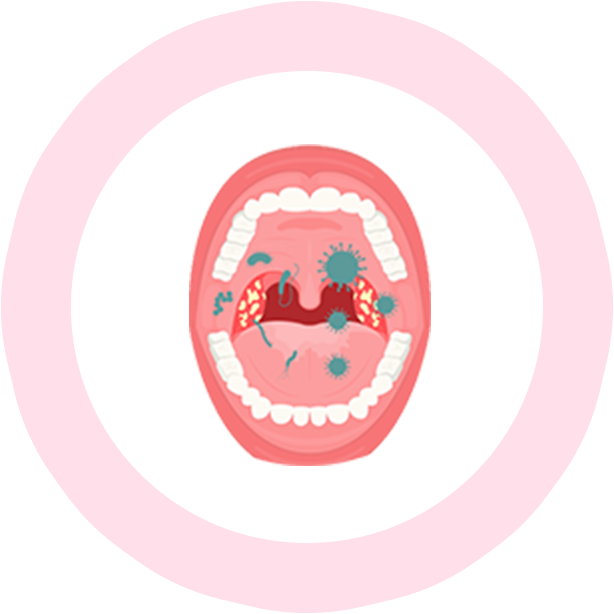
Over 700 different bacterial species has been found in the oral cavity.1,2,3,4,5
There are many types of bacteria species that have been found in the oral cavity.
Most of the microorganisms in the oral cavity are commensal species but can become pathogenic (cause infection or disease) in responses to changes in the environment or other triggers in the oral cavity including the quality of one’s personal hygiene.5
Causes of sore throat can be infectious and non- infectious in nature.6
| INFECTIOUS Causes | NON-INFECTIOUS Causes |
|---|---|
|
|
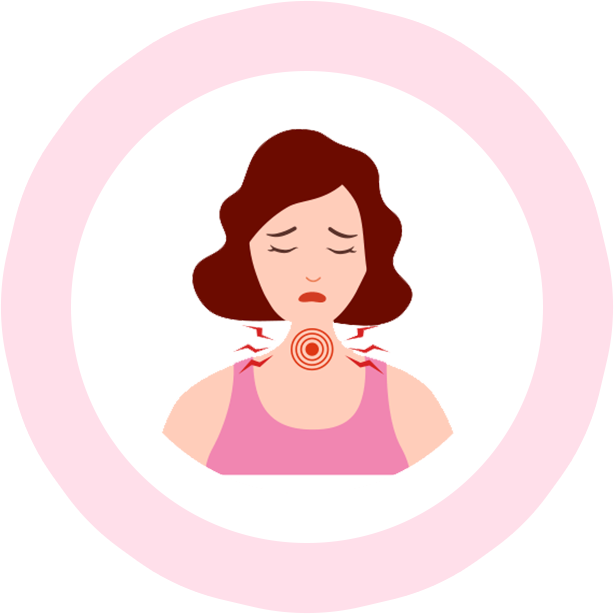
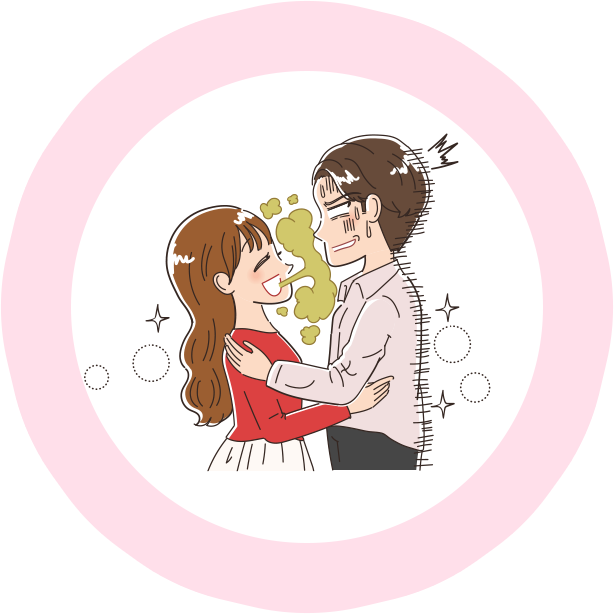
80% – 90% of halitosis (bad breath) originates in the oral cavity.1
Bad breath may also be known as halitosis which refers to unpleasant odors in the air of the expiration which may be due to several factors e.g. bacterial activity in the oral cavity.10
Common causes of bad breath are gingival pathologies, caries or poor oral hygiene.1
Bad breath is caused when certain substances e.g. various volatile sulfur compounds which are products of bacterial metabolism is detected in exhaled air. Other causes of halitosis also include residuals in the oral cavity e.g. on the base of the tongue or post nasal drip.1
CPC is a broad spectrum antimicrobial agent.11,12
CETYLPYRIDINIUM CHLORIDE (CPC) is a quaternary ammonium compound and its antimicrobial activity was first described in 1939.13
CPC is mainly used as an antimicrobial ingredient in over-the-counter products such as mouthwashes.13
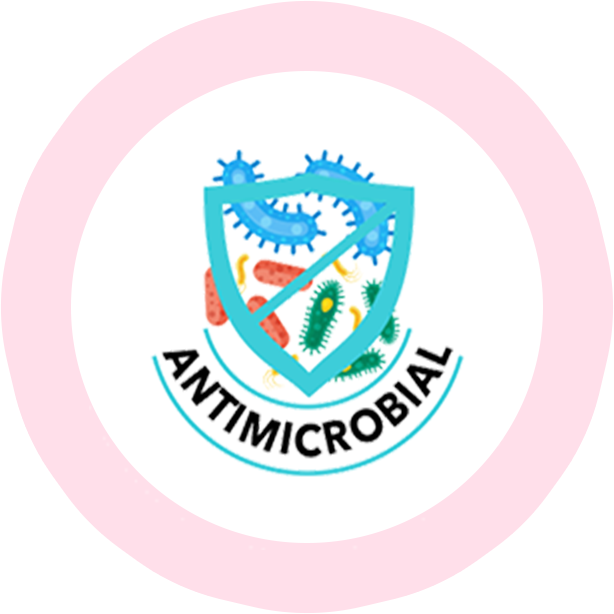
SORE THROAT AND BAD BREATH HAVE
SOMETHING IN COMMON
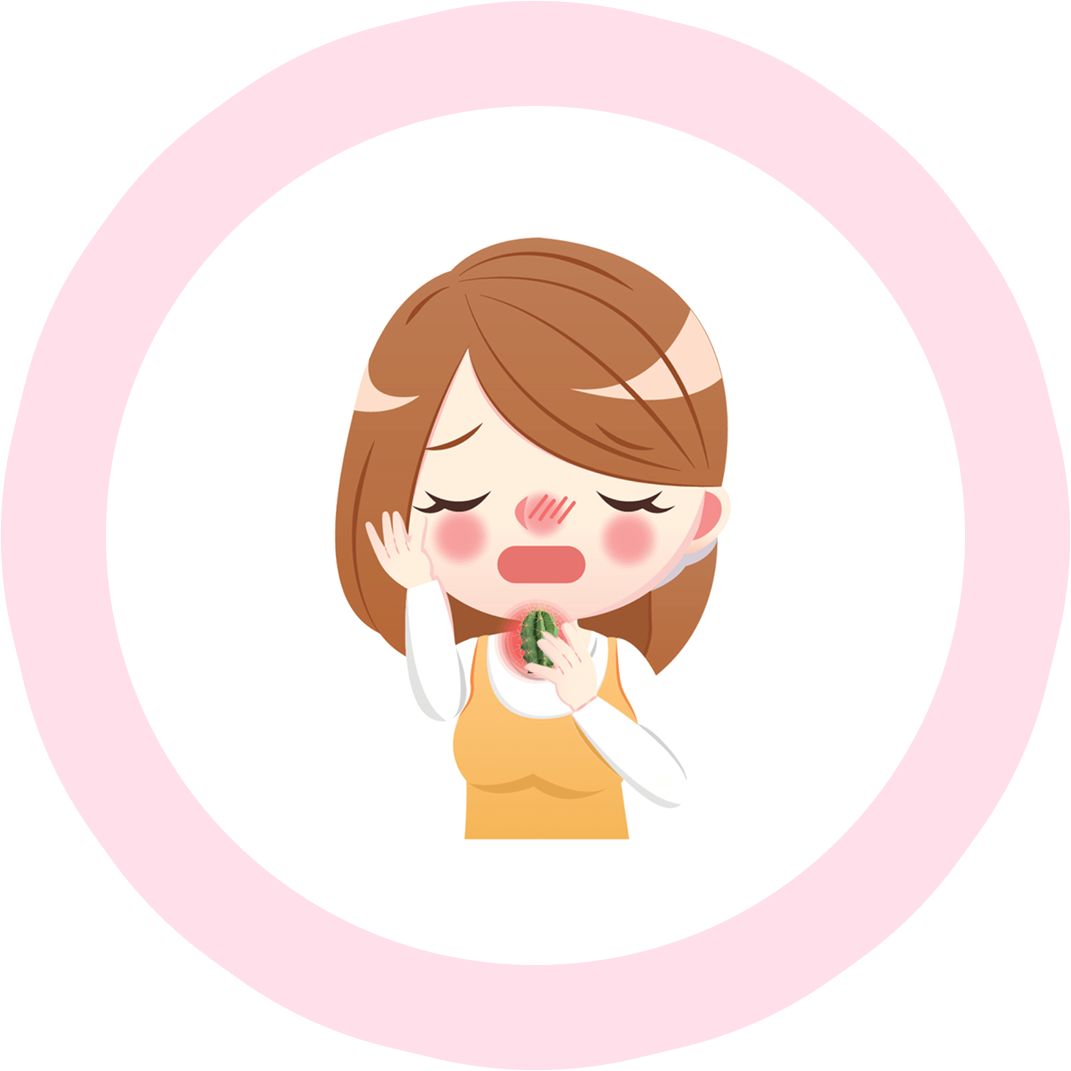
SORE THROAT
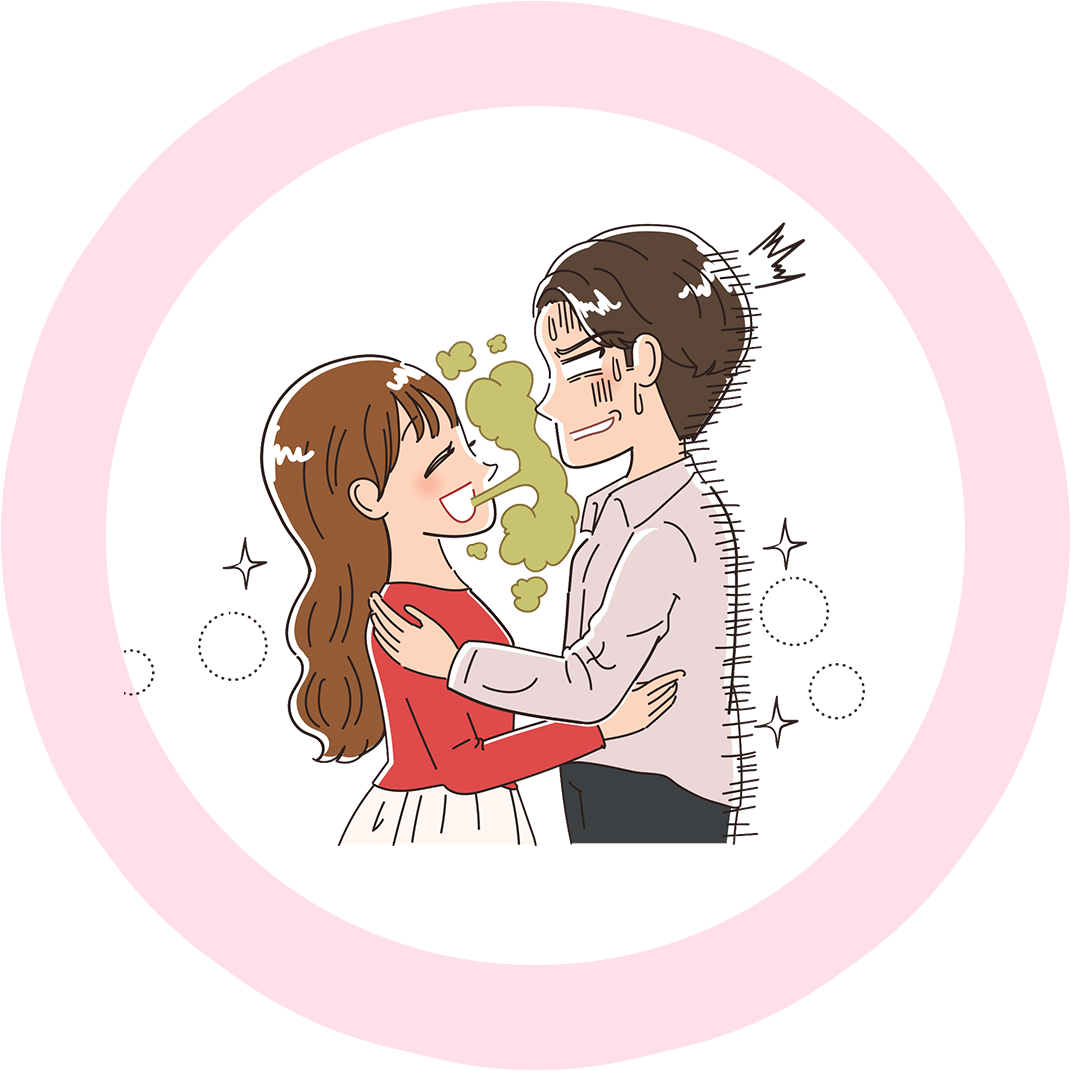
BAD BREATH
BOTH CAN BE CAUSED BY BACTERIA1,6,7,8,9
Sore throat could be caused by viruses or bacteria and bad breath could be due to production of volatile gases in the oral cavity due to several factors including bacteria reproduction and metabolismv.1,6,7,8,9,10,11

DISPELLING THE MYTH
DO NOT MISUSE ANTIBIOTICS
Sore throats do not always require antibiotics as they may be due to virus and are self-limiting.9,14
Most sore throats due to viruses will get better within a week.12 Misusing antibiotics can do more harm than good.14
PITAS film throat lozenges is NOT an antibiotic but has broad spectrum antimicrobial activity.
HOW PITAS FILM LOZENGES CAN HELP
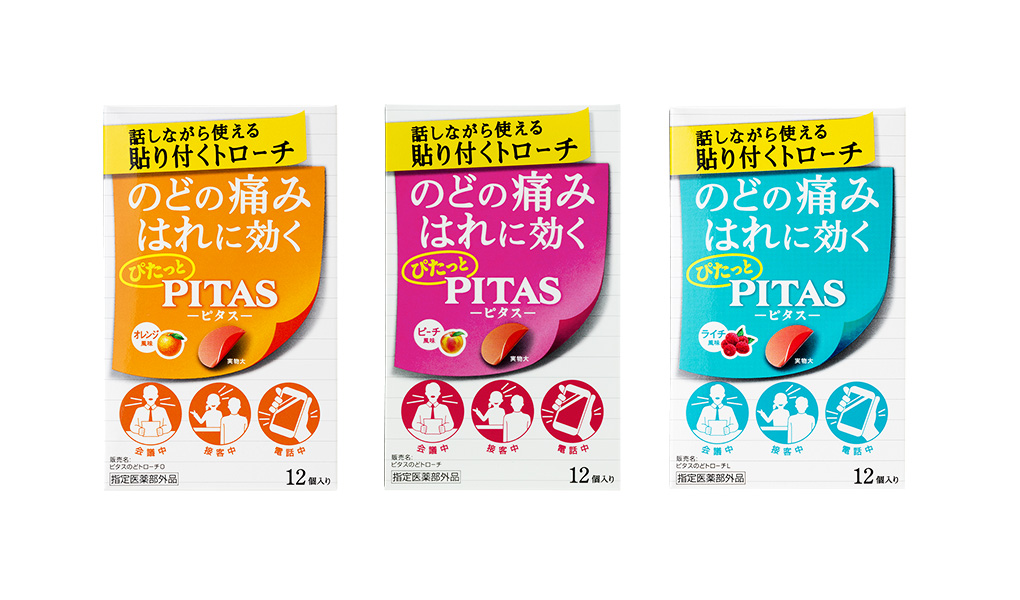
PITAS ACTIVE INGREDIENT
CETYLPYRIDINIUM CHLORIDE HYDRATE = ANTIMICROBIAL AGENT
PITAS film throat lozenges, contains a broad spectrum antimicrobial agent within the unique ADHESIVE FILM dosage form which helps soothes sore throat and freshens bad breath, discreetly and conveniently.
Note: Individual response may vary. Please consult a healthcare professional should symptoms persist.
REFERENCES
- 1. Zalewska et. al., Halitosis – a common medical and social problem. A review on pathology, diagnosis and treatment. Acta Gastroenterol Belg. 2012; 75(3): 300-9.
- 2. C E Kazor al., Diversity of bacterial populations on the tongue dorsa of patients with halitosis and healthy patients. J Clin Microbiol. 2003; 41(2): 558-63.
- 3. Priya Nimish Deo al., Oral microbiome: Unveiling the fundamentals. J Oral and Maxilofacial Path. 2019;23(1) 122-128
- 4. Kilian et. al., The oral microbiome –an update for oral healthcare professionals. British Dental Journal. 2016; 221(10): 657-666
- 5. Bertold Renner al., Environmental and non-infectious factors in the aetiology of pharyngitis (sore throat). Inflamm. Res. 2012; 61: 1041-1052.
- 6. Maria Avila et.al., The Oral Microbiota: Living with a Permanent Guest. DNA and Cell Biology. 2009; 28(8): 405-411.
- 7. Ruth Weber, Pharyngitis. Prim Care Clin Office Pract. 2014; 41(1): 91-98
- 8. Tim Kenealy. Acute Infective Sore Thorat. the Clinical Evidence Handbook. Aafp. May 2015; 91(10).
- 9. Graca Coutinho al., Worldwide comparison of treatment guidelines for sore throat. Int J Clin Pract. 2021; 00: e13879.
- 10. Damla Aksit Bicak. A Current Approach to Halitosis and Oral Malodor – A Mini Review. The Open Dentistry Journal. 2018; 12: 322-330.
- 11. Stela Lima Farias de Miranda al., In Vitro Antimicrobial Effect of Cetylpyridinium Chloride on Complet Multispecies Subgingival Biofilm. Brazilian Dental Journal. 2020; 31(2): 103-108.
- 12. Daniel L Popkin al., Cetylpyridinium Chloride (CPC) Exhibits Potent, Rapid Activity Against Influenza Viruses in Vitro and In Vivo. Pathog Immun. 2017; 2(2): 252-269.
- 13. Xiaojun Mao al., Cetylpyridinium Chloride: Mechanism of Action, Antimicrobial Efficacy in Biofilms, and Potential Risks of Resistance. Antimicrob Agents and Chemother. Jul 2020; 64(8): e00576-20.
- 14. Sore Throat. CDC. https://www.cdc.gov/antibiotic-use/sore-throat.html
